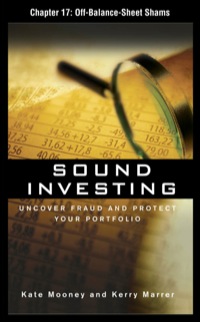Journalize noncash common stock transactions. E11.6 (LO 2), AP As an auditor for the CPA firm of Hinkson and Calvert, you encounter the following situations in auditing different clients. 1. LR Corporation is a closely held corporation whose stock is not publicly traded. On December 5, the corporation acquired land by issuing 5,000 shares of its $20 par value common stock. The owners' asking price for the land was $120,000, and the fair value of the land was $110,000. 2. Vera Corporation is a publicly held corporation whose common stock is traded on the securities markets. On June 1, it acquired land by issuing 20,000 shares of its $10 par value stock. At the time of the exchange, the land was advertised for sale at $250,000. The stock was selling at $11 per share. Instructions Prepare the journal entries for each of the situations above. Identify characteristics of a corporation. E11.2 (LO 1), C Khalid has come to you with statements about corporations. 1. Corporation management is both an advantage and a disadvantage of a corporation compared to a proprietorship or a partnership. 2. Limited liability of stockholders, government regulations, and additional taxes are the major disadvantages of a corporation. 3. When a corporation is formed, organization costs are recorded as an asset. 4. Each share of common stock gives the stockholder the ownership rights to vote at stockholder meetings, share in corporate earnings, keep the same percentage ownership when new shares of stock are issued, and share in assets upon liquidation. 5. The number of issued shares is always greater than or equal to the number of authorized shares. 6. A journal entry is required for the authorization of capital stock. 7. Publicly held corporations usually issue stock directly to investors. 8. The trading of capital stock on a securities exchange involves the transfer of already issued shares from an existing stockholder to another investor. 9. The market price of common stock is usually the same as its par value. 10. Retained earnings is the total amount of cash and other assets paid in to the corporation by stockholders in exchange for capital stock. Instructions Identify each statement as true or false. If false, indicate how to correct the statement








